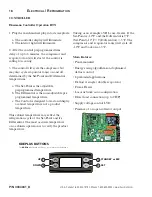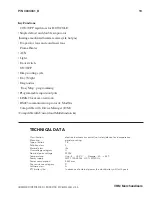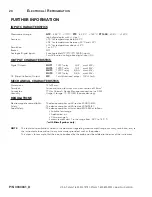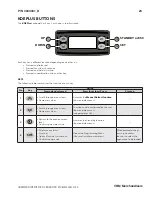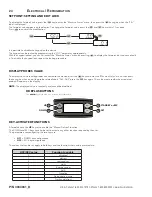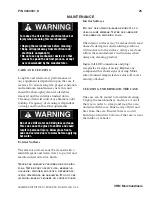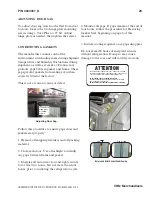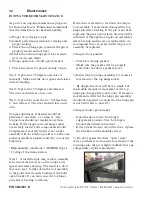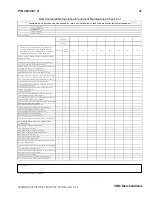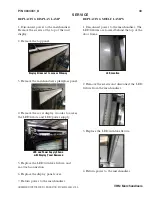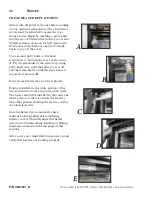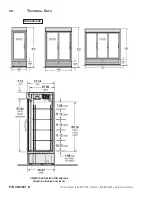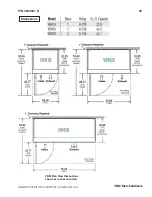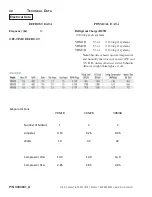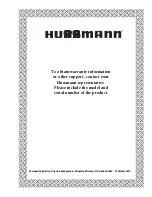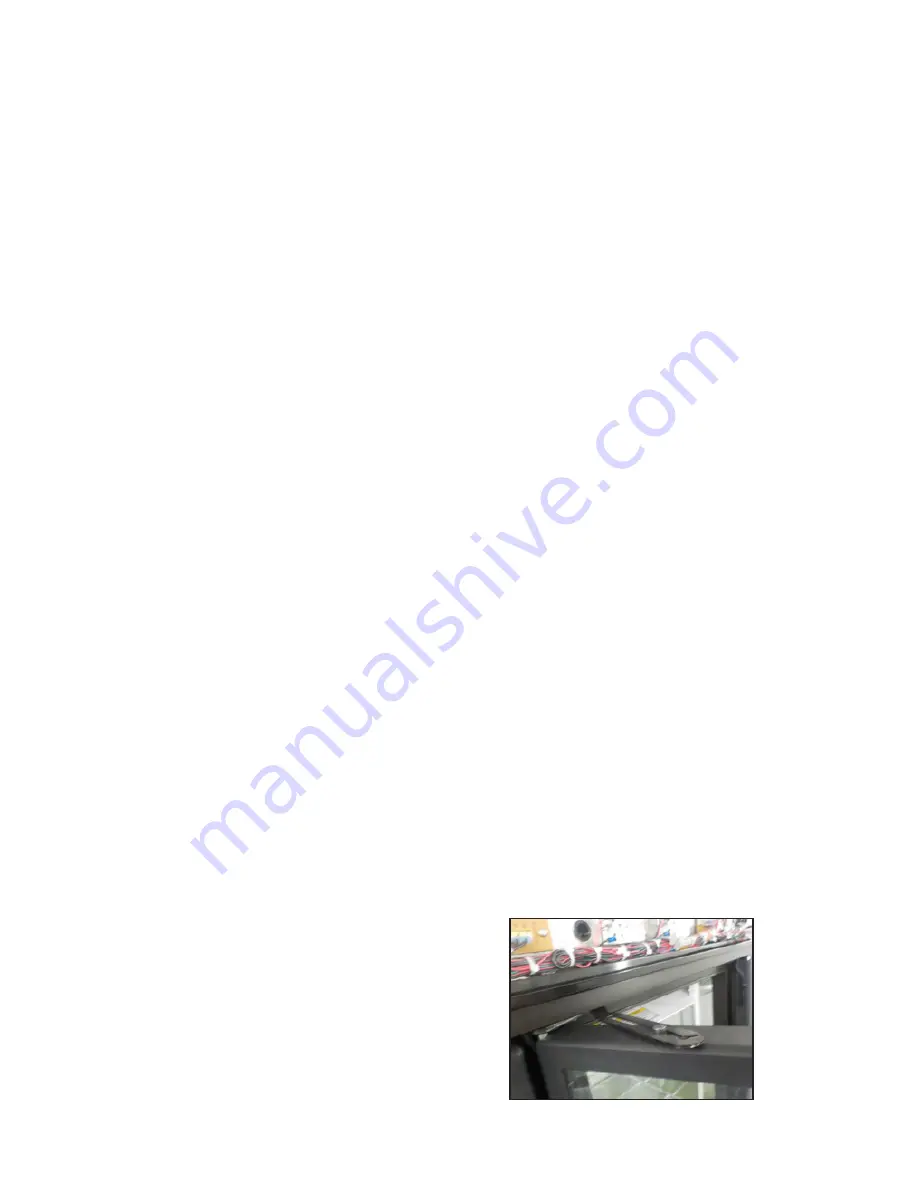
30
M
aIntEnancE
P/N 3034041_D
U.S. & Canada 1-800-922-1919 • Mexico 1-800-890-2900 • www.hussmann.com
INNOVATOR DOOR MAINTENANCE
As part of an ongoing maintenance program
for Innovator Doors, Hussmann recommends
that the items below be checked annually.
a) Proper door closing torque
b) Gasket performance (check for tearing and
proper sealing)
c) Check the top hinge pin to ensure the pin is
properly seated and not bent
d) Check the bottom hinge plate for excessive
wear (worn cam teeth)
e) Proper operation of hold open brackets
1. Check the doors for proper closing torque:
Test 1: Open door 90 degrees and close it
manually. Make sure the door opens and closes
without binding
Test 2: Open door 90 degrees and release it.
The door should close on its own
Test 3: Open door more than 3” but less than
6” and release it. The door should close on its
own.
Torque adjustment, if needed, should be
performed “one click” at a time. A “zero”
torque door should not require more than
4 clicks. If the torque cam and hinge socket
are severely rusted, both components should
be replaced. A severely rusted cam / socket
assembly will not hold torque. Rust on the cam
socket assembly is usually caused by one of the
following:
• High humidity conditions > ASHRAE Type I
• Cycling of the frame heaters
Note 1: A rusted torque cam / socket assembly
can cause excessive wear on the torque rod’s
spacer and sleeve bearing. The result is a door
that can “seat” farther down the rod assembly
to the point that it causes binding at the hold
open bracket. It can also cause the top hinge
pin’s sleeve bearing to deform.
If the door is seated too far down the torque
rod assembly, it most likely damaged the top
hinge pin sleeve bearing. If the pin is not bent,
replacing the pin’s nylon sleeve bearing will be
sufficient. Although the torque rod assembly’s
sleeve bearing and spacer are replaceable, we
recommend that a severely rusted torque rod
assembly be replaced.
2) Inspect door gaskets:
• Check for tearing gaskets
• Make sure the gasket’s dart is properly
seated into the door’s gasket groove.
3) Inspect the top hinge assembly for excessive
movement at the top hinge socket.
• By design, the door will have a small, but
discernible amount of movement at the top
hinge pin / hinge plate socket joint. If excessive
movement is detected, the hinge pin assembly
should be inspected to ensure that the hinge pin
is not bent (refer to note #1)
4) Inspect hold open bracket:
• Open the door to the “hold open”
engagement position. The “hold open”
bracket should retain the door.
• If the bracket fails to retain the door, replace
the bracket and the shoulder screw.
5) If a door passes the three “open / close”
tests, and there is no excessive movement at the
top hinge pin, then it is highly unlikely that any
components require replacement.



